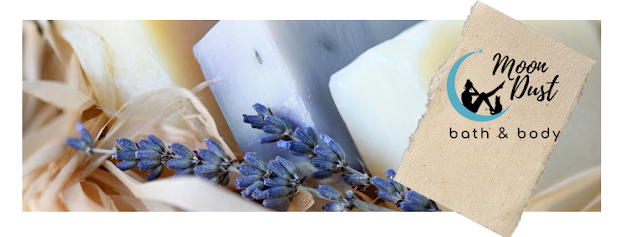Honeybees produce a natural wax, secreting it from glands on the sides of their bodies. They then scrape the wax off, chew it up and secrete it to the inside of the honeycomb. There, it gradually hardens into a protective lining for the cells where the baby bees are grown and the honey is stored. This hardened material not only serves as a physical protection, but also helps keep the hive free of infections and other contaminants. Beeswax consist of esters of fatty acids and various long-chain alcohols.
Beeswax is used heavily in the cosmetics industry. It is natural, non-toxic, and provides benefits to the skin. It is used to thicken creams to make them easier to use and more spreadable on the skin. Beeswax provides protection against irritants while still allowing the skin to breathe. It also offers anti-inflammatory, antibacterial and antiviral benefits making it helpful in treating skin irritation.
Beeswax is a natural humectant, meaning it attracts moisture to the skin. When you use beeswax on your skin, you attract water molecules, helping to keep skin hydrated. Beeswax is high in vitamin A, which helps exfoliate and can rejuvenate your skin. If you suffer from dry skin itching or sensitive skin, beeswax is for you. Because beeswax is anti-allergenic, it is also easily tolerated by even those with reactive skin. Beeswax has a natural honey fragrance, and is a favorite in soaps and perfumes because of its pleasant, light aroma.Yellow Beeswax
Ingredients:Botanical Name: Cera albaCommon Name: Yellow Beeswax


Comments
Post a Comment